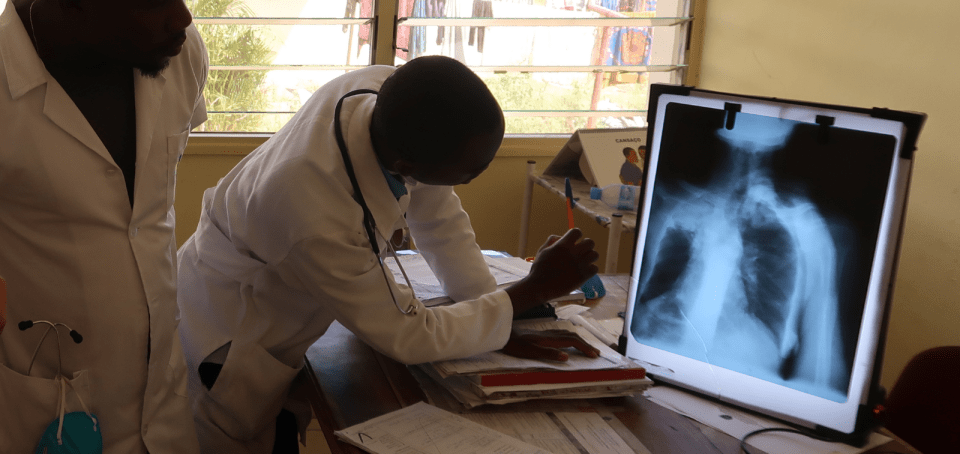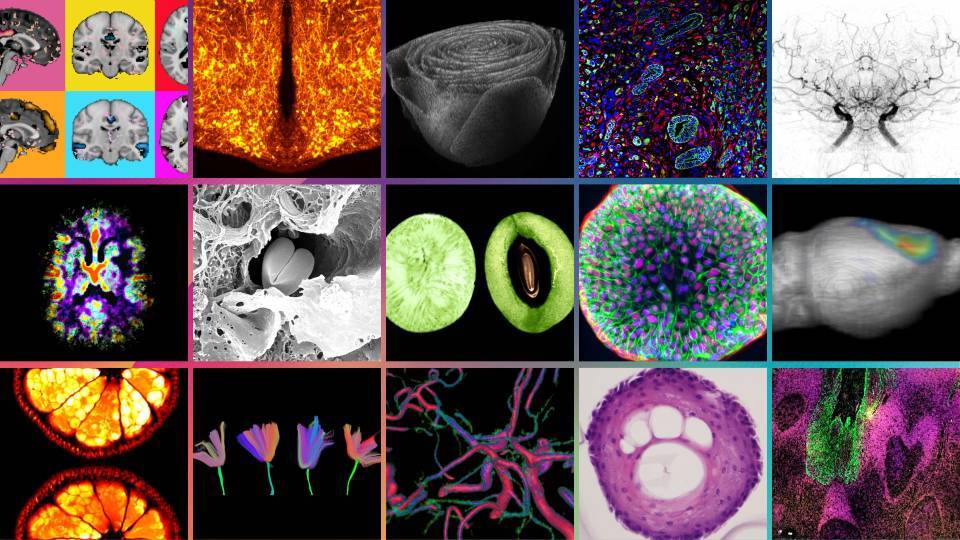The study has determined that, among individuals with this kind of sleep disorder, there is a higher percentage of professional footballers compared with the control group and the general population.
The study, published in the Journal of Neurology, was coordinated by Dr. Álex Iranzo, neurologist at the Hospital Clínic Barcelona and leader of the IDIBAPS Clinical Neurophysiology research group.
Isolated REM sleep behaviour disorder manifests as vigorous motor behaviour during sleep, nightmares and an absence of muscle relaxation. It mainly affects men over the age of 50.
REM sleep behaviour disorder, a precursor of neurodegenerative diseases
Various studies led by Dr. Álex Iranzo from the Hospital Clínic Barcelona-IDIBAPS, had already shown that isolated REM sleep behaviour disorder is an early manifestation of neurodegenerative diseases such as Parkinson’s disease or dementia with Lewy bodies, characterized by an abnormal accumulation of alpha-synuclein protein. On the other hand, this sleep disorder is also associated with external risk factors related to the appearance of neurodegenerative diseases such as traumatic brain injury.
Football is one of the most popular sports in the world, with over 38 million federated footballers playing in over 200 countries. In addition to having clear musculoskeletal and cardiorespiratory health benefits, it is also associated with injuries to areas such as the legs and head. Professional football players have a 50% chance of sustaining at least one concussion over a 10-year career.
“In contact sports, the repetitive exposure to head impacts can induce progressive neuron loss or the abnormal accumulation of deposits of the protein alpha-synuclein. This would explain why in football and other contact sports, professional athletes can develop different types of neurodegenerative disease decades after retirement”, says Álex Iranzo.
2.63% of the patients with isolated REM sleep behaviour disorder were professional footballers
In the study published in the Journal of Neurology, the characteristics of the patients seen at the Hospital Clínic Neurology Service Sleep Disorders Centre between March 1994 and March 2022 were analysed. The aim was to find out how many patients with isolated REM sleep disorder had been professional footballers.
During this period, 338 people were diagnosed with isolated REM sleep behaviour disorder, and 228 of them were Spanish men. Of the latter, 35% developed a neurodegenerative disease after a follow-up period of 7 years.
Of these 228 men, six (2.63%) had been professional footballers, with an average career length of 13.5 years. The interval between when they retired from football and the REM sleep behaviour disorder diagnosis was around 40 years. The study group was compared with a control group of 228 men of the same age, none of whom had been a professional footballer. The study group was also compared with the general Spanish population, with 0.062% having been professional footballers.
The researchers found that there was a higher percentage of professional footballers in the group with isolated REM sleep behaviour disorder than in the control group and the general population (2.63% vs 0% vs 0.062%).
At the time of diagnosis, all the retired footballers in the group had biomarkers of diseases related to alpha-synuclein deposits, and five of them ended up developing Parkinson’s disease or dementia with Lewy bodies four years after the REM sleep behaviour disorder diagnosis and 44 years after retiring.
“The association between neurodegenerative diseases and traumatic brain injury means that we can speculate that, in the retired footballers in our study group, the exposure to repetitive head impacts may be one of the factors that contributed to the appearance of the REM sleep behaviour disorder and subsequently Parkinson's disease or dementia.
It should be borne in mind that most of the patients with isolated REM sleep behaviour disorder were not professional footballers and most professional footballers do not develop neurodegenerative diseases. Nevertheless, determining whether retired footballers have a REM sleep behaviour disorder may help identify individuals with a latent neurodegenerative disease.
Study reference:
Collía, A., Iranzo, A., Serradell, M. et al. Former participation in professional football as an occupation in patients with isolated REM sleep behavior disorder leading to a synucleinopathy: a case–control study. J Neurol (2023). https://doi.org/10.1007/s00415-023-11591-8




